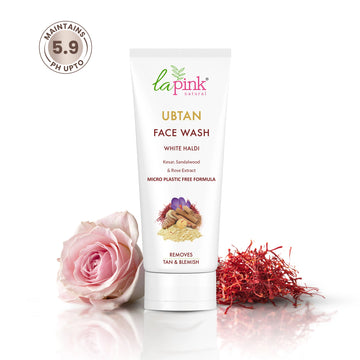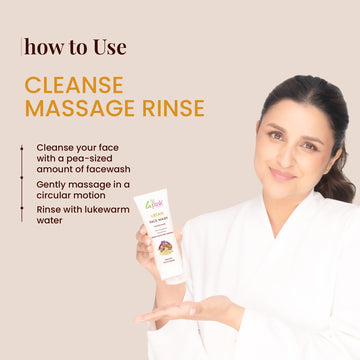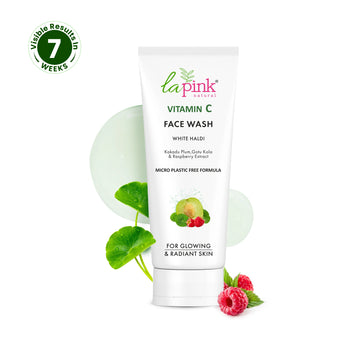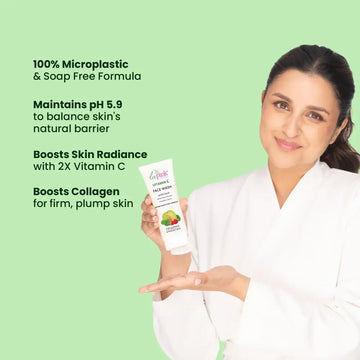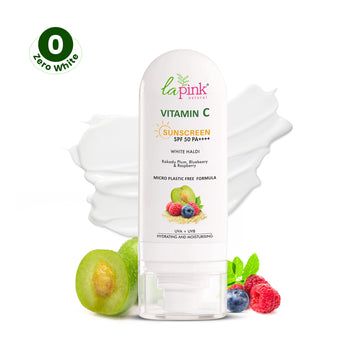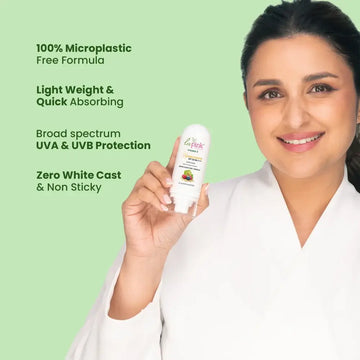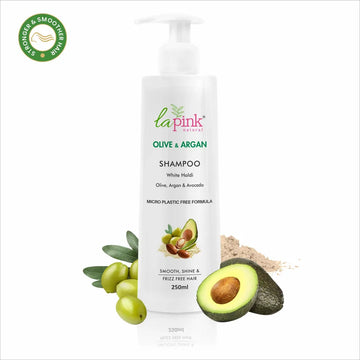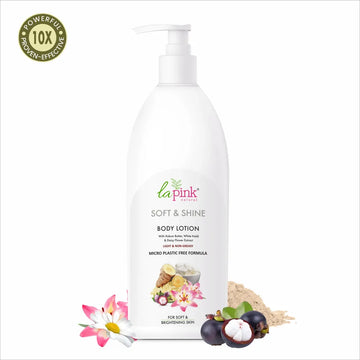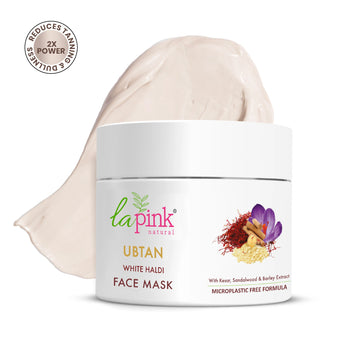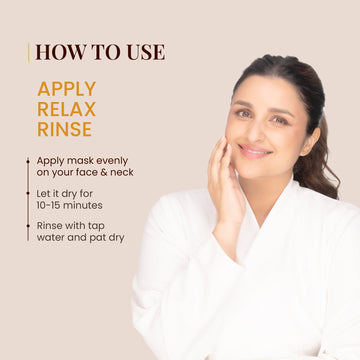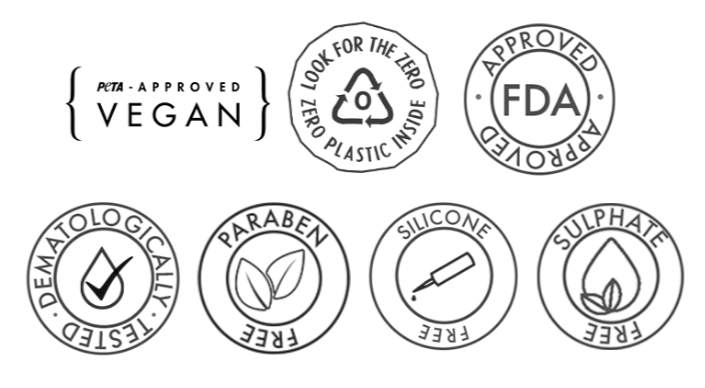Products Enriched with
FAQs
What is Sodium Caproyl/Lauroyl Lactylate?
What are its primary functions in skincare?
Is it suitable for sensitive skin?
Does it have antimicrobial properties?
Where is it commonly used?
Is it biodegradable?
Are there any safety concerns?
Does it help other ingredients absorb better?
Is it the same as Sodium Lauryl Sulfate (SLS)?
Can it be used during pregnancy?
Load More...
Blog posts
VIEW ALLचेहरे के लिए बेस्ट क्रीम: स्किन प्रॉब्लम्स को दूर करने का आसान समाधान
OCTOBER 13, 2025
अनुक्रमणिका: सही फेस क्रीम का चुनाव: आपकी त्वचा का प्रकार और उसकी ज़रूरतें ग्लोइंग स्किन के लिए बेस्ट फेस क्रीम: क्या देखें? डेली यूज़ फेस क्री...
READ MORE +महिलाओं के लिए बेस्ट फेस क्रीम: उम्र को थामें और पाएँ चमकदार त्वचा का राज़
OCTOBER 10, 2025
अनुक्रमणिका: महिलाओं के लिए बेस्ट फेस क्रीम: उम्र को थामें और पाएँ चमकदार त्वचा का राज़ ऑयली/मुँहासे वाली त्वचा (Oily/Acne-Prone Skin) क्या महं...
READ MORE +डेली यूज़ फेस क्रीम: हर स्किन टाइप के लिए बेस्ट चॉइस और सही अप्लिकेशन
OCTOBER 08, 2025
अनुक्रमणिका: डेली यूज़ फेस क्रीम: हर स्किन टाइप के लिए बेस्ट चॉइस और सही अप्लिकेशन अपनी त्वचा के प्रकार को पहचानें: दैनिक उपयोग के लिए बेस्ट फे...
READ MORE +